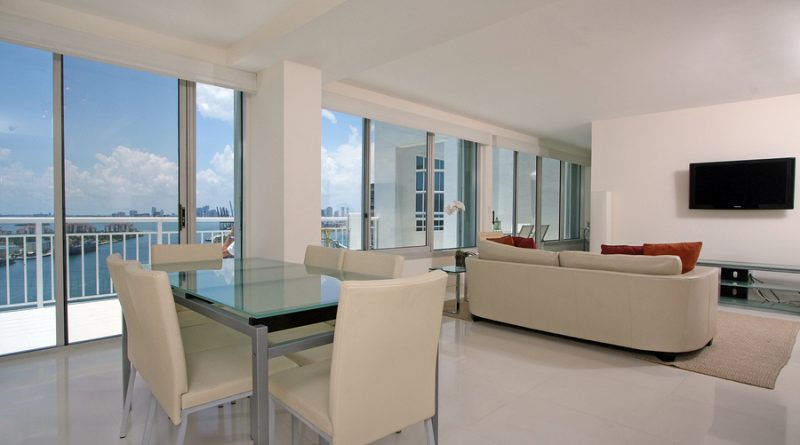Property Investment: Dos and don’ts and the best segment
Thinking of investing in real estate in the Philippines?
If you are, you might want to consider the mid-income segment, or those units priced from P3.2 million to P6 million.
This market segment, said Joey Bondoc, senior manager for research at property consulting firm Colliers International, is the most attractive for property investment in the Philippines today, based on the latest data available. He pointed out that most of the projects launched are in this segment.
“Now is an opportune time to buy, while mortgage rates remain low and while developers extend affordable payment terms,” said Bondoc.
He advised looking for a unit that is within an integrated community and is adaptable for work from home, and where the property manager implements health and safety protocols.
“Look for a unit with good rental prospect,” he said, stressing that well-know mantra in real estate, “location, location, location.”
Prospects for 2021
In Colliers International’s third-quarter report on the Philippines’ residential property market, researchers led by Bondoc said that, by the end of 2020, prices in the secondary market for residential real estate would likely decline by 13% while rents would drop by 7.7%.
“From 2021 to 2022, we expect rents and prices to post an annual average growth of 2.5% and 2.1%, respectively,” they said, noting that this would be due to improved investor interest and consumer confidence.
“While prices and rents declined in previous crises, historical data show that these residential demand indicators tread the growth trajectory of the economy after a period of economic uncertainty,” they said, adding that property investment was still viable despite the Covid-19 pandemic.
Dos and don’ts for property investors
It is important for property investors to do their research and check a developer’s track record, Bondoc said. “Make sure they (developers} are able to complete or turn over units as committed,” he added.
He also said, “Make sure developers are able to assist their investors in achieving the promised yields. But at the same time ensure that the schemes do not compromise the overall image of the condominium unit.”
Before the Covid-19 pandemic, he said, developers were helping investors achieve the promised yields by leasing out units for AirBnb or marketing them as co-living units for students or employees within commercial business districts.
Amid the pandemic and going forward, the challenge is how the developers can implement creative and innovative leasing schemes, said Bondoc.
Other stories:




